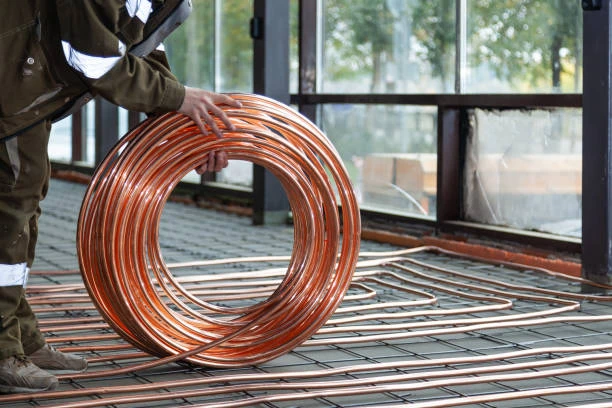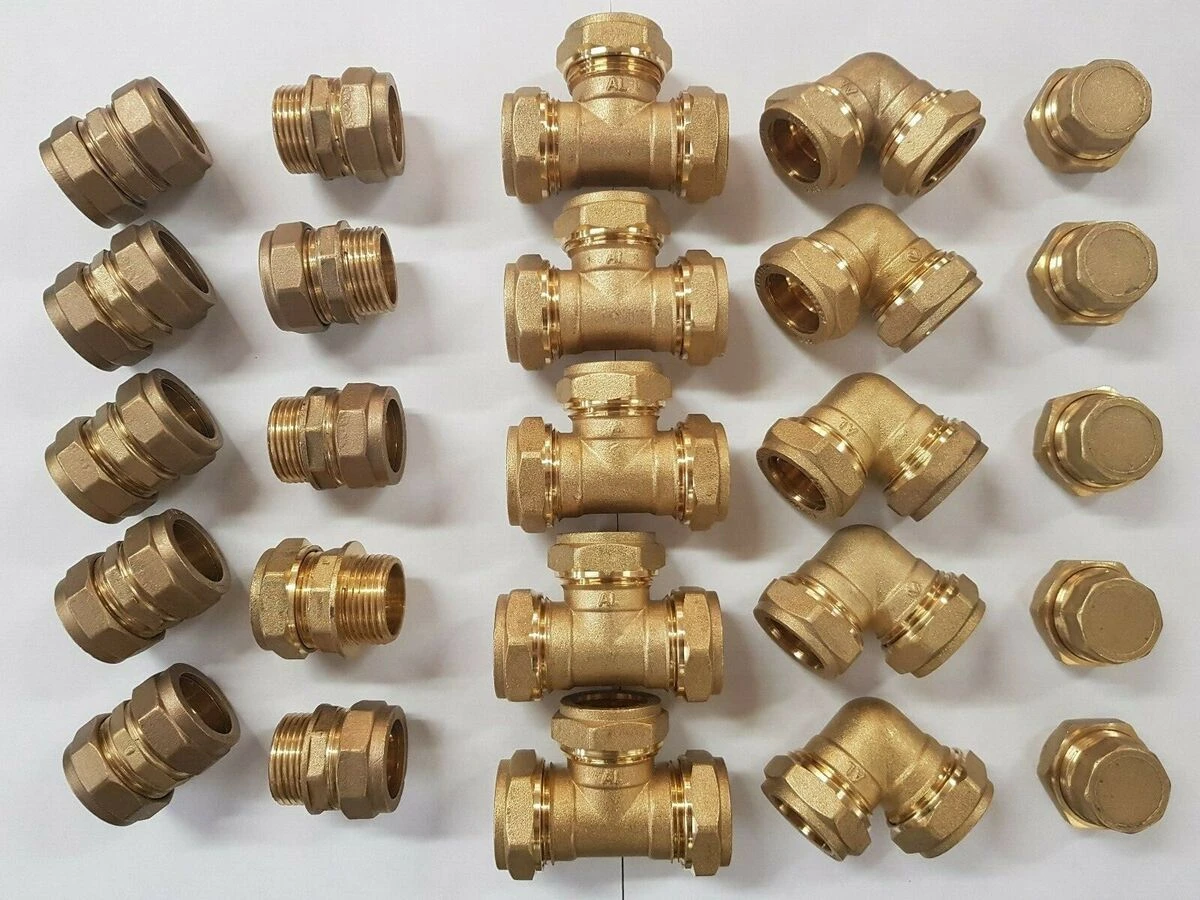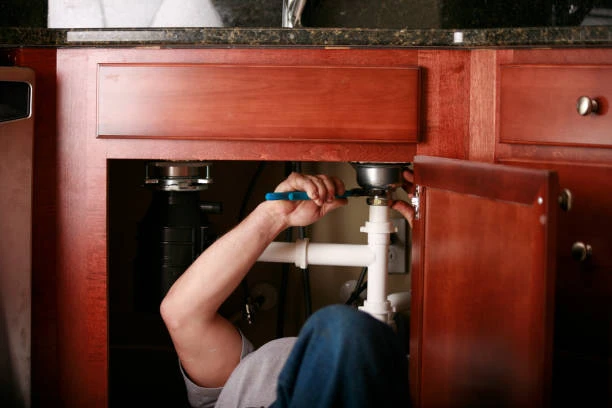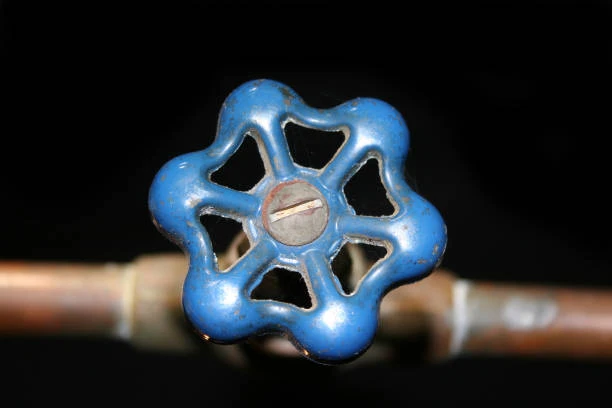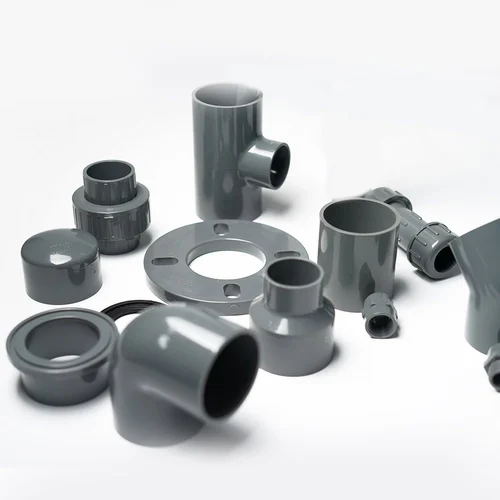
PVC pipes and fittings are ubiquitous in modern construction and plumbing. In this article, we’ll explore the health implications of PVC, monitoring techniques, and the steps that can be taken to mitigate risks.
What is PVC?
PVC is a synthetic plastic polymer widely used in various applications, particularly in the construction industry. Its composition primarily consists of vinyl chloride monomers, which, when polymerized, create a durable and flexible material. PVC is commonly used for pipes, fittings, and other structural components, primarily due to its strength and resistance to corrosion.
Potential Health Risks Associated with PVC
One of the primary concerns lies in the chemical additives used in its production. These can include plasticizers, stabilizers, and colorants, which may leach into the environment or products made with PVC. Here are some key risks:
- Production Hazards: The manufacturing process can expose workers to harmful chemicals, including vinyl chloride, a known carcinogen.
Health Monitoring Techniques
To ensure safety, health monitoring is crucial. Here are some effective techniques:
- Water Quality Testing: For PVC used in water supply systems, testing for contaminants is essential to ensure that no harmful chemicals leach into drinking water.
- Biological Monitoring: Assessing biological markers in workers and community members can help gauge exposure levels and identify health effects.
Regulatory Standards and Guidelines
Various regulatory bodies have established guidelines to protect public health concerning PVC use:
- EPA Regulations: The Environmental Protection Agency (EPA) sets standards for acceptable levels of contaminants in drinking water, including those associated with PVC pipes.
- OSHA Standards: The Occupational Safety and Health Administration (OSHA) provides guidelines to protect workers from exposure to harmful substances during PVC production.
Case Studies and Research Findings
Numerous studies have explored the health effects of PVC exposure:
- Exposure Studies: Research indicates potential links between PVC production and respiratory issues among workers.
- Health Effects: Documented cases include increased rates of certain cancers in communities near PVC manufacturing facilities.
Preventative Measures
- Installation Best Practices: Ensuring proper installation minimizes leaks and exposure risks.
- Maintenance Recommendations: Regular inspections and maintenance can prevent degradation and reduce the chances of harmful chemicals leaching from pipes.
Alternatives to PVC
Given the concerns surrounding PVC, exploring alternative materials is vital:
- Other Materials: Options like HDPE (high-density polyethylene) and CPVC (chlorinated polyvinyl chloride) may offer safer profiles depending on the application.
- Comparative Analysis: Each material comes with its benefits and potential risks, and understanding these can help in making informed decisions.
Public Awareness and Education
Raising awareness about the health implications of PVC use is crucial:
- Stakeholder Information: Informing construction professionals, homeowners, and workers about potential risks helps promote safer practices.
- Community Engagement: Programs that involve community feedback can lead to better decision-making regarding materials used in local projects.
Future Directions in Research
Ongoing research is essential to fully understand the health implications of PVC:
- Emerging Studies: New studies are focusing on long-term health effects of low-level exposure to PVC and its additives.
- Innovations in Monitoring: Advances in monitoring technologies can improve detection of harmful chemicals in the environment.
Conclusion
Monitoring the health effects of PVC pipes and fittings is vital to ensure public safety and environmental health. Awareness and education are key in fostering a safer future.
FAQs
- How can I monitor air quality related to PVC use? Regular air quality testing can identify harmful pollutants in environments where PVC is manufactured or installed.
- What regulations govern the use of PVC in construction? The EPA and OSHA set standards for acceptable levels of contaminants and worker safety regarding PVC.
- How can I reduce my exposure to PVC? Proper installation, regular maintenance, and using alternative materials can help minimize exposure.












